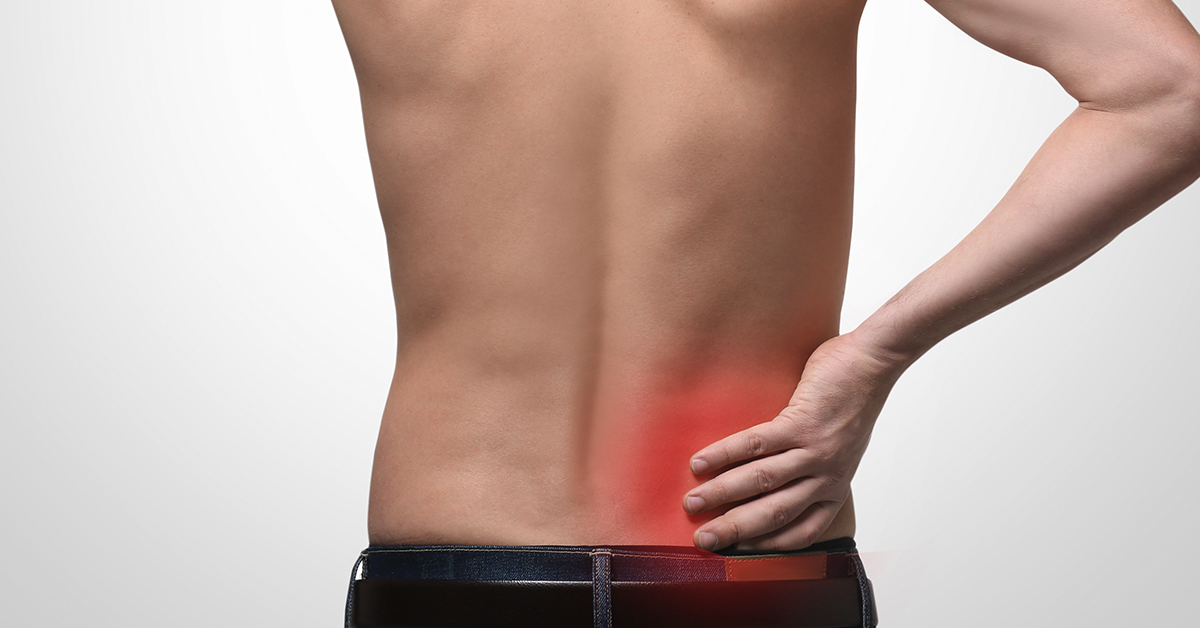Smokers Are Thrice More Prone To Chronic Back Pain
Dr Neha Narula, Senior Spine Specialist
Smoking is regularly seen as a threat factor for multiple clinical problems. However, its relation to musculoskeletal situations like aches is not often understood. Despite regular exercise, a healthy diet, a weight-reduction plan, and a proper lifestyle, you may experience continual pain if you are addicted to smoking or regularly breathe in secondhand smoke. The World Health Organisation (WHO) celebrates 31st May as World No Tobacco Day to avoid using tobacco and restrict the threat of 2nd-hand smoke publicity to gain one’s fitness.
While the common consciousness brings in the knowledge that smoking can cause cancer and cardiovascular diseases, everyone is no longer privy to the truth that smoking can also cause lower back pain or worsen an existing lower back situation further. Worldwide studies indicate that people who smoke are thrice more likely to enjoy continual back aches. They also are much more likely to broaden physical disabilities at an advanced age as compared to non-smokers.
“Cigarette smoking reduces calcium absorption, prevents new bone growth, and slows the backbone’s recuperation system. Coughing because of heavy smoking can also improve intra-stomach pressures, which can further add to the backache,” says Dr. Neha Narula, Senior Spine Specialist at QI Spine Clinic.
Here are three motives why one has to end smoking right now to keep away from lower back pain:
1) Reduced blood drifts to the discs and disc degeneration: The discs on your backbone are gel-like cushions comprising 70% water. The discs dry up as the body mass increases due to the load they must endure. Smoking accelerates this technique, creating friction among the vertebrae. Physiologically, smoking affects blood drift move and reduces the glide of oxygen-rich blood to the discs and joints.

Due to smoking, a plaque is fashioned within the arteries, which similarly narrows, lowering blood drift. As a result, the spinal discs end up inelastic, tough, and brittle, resulting in disc degeneration, further leading to continual returned pain.
2) The weakening of muscle mass and immunity: Nicotine inside tobacco triggers the release of a chemical (dopamine), which hints the body into decreasing stress and, therefore, into feeling properly. Hence, smoking becomes addictive to the frame.
However, equal tobacco impairs the oxygen-wealthy blood drift to the bones and tissues due to early degeneration symptoms, which might lead to impaired bone and wound restoration. It also prevents new bone growth and will increase the risk of osteoporosis. Reduced cardiovascular capacity and fatigue weaken the muscular tissues, making it tough for the muscles to help the spine.
3) Altered perception of pain: Interestingly, smoking alters how you perceive pain. Nicotine influences the brain’s functioning and heightens someone’s reaction to pain. The connection between the nucleus accumbens and the medial prefrontal cortex is altered, making a person less resilient to lower backache.
A study conducted in 2010 that tested the pathophysiology between smoking and pain indicated that long-term smoking causes receptor desensitization, growing a notion in people who smoke that a small amount of ache is excessive. (Anaesthesiology, 2010,113[4]:977-ninety two). This can also regulate the effectiveness of opioids prescribed for ache control. Smoking also impairs the normal functioning of the immune gadget and will increase the risk of contamination in the body. Dr. Neha Narula advises quitting smoking to protect and support your lower back and preserve your body’s health. She also states, “One may additionally search for cigarettes to cope with pain, anxiety or stress; however, there are healthier methods to cope with it.”

















